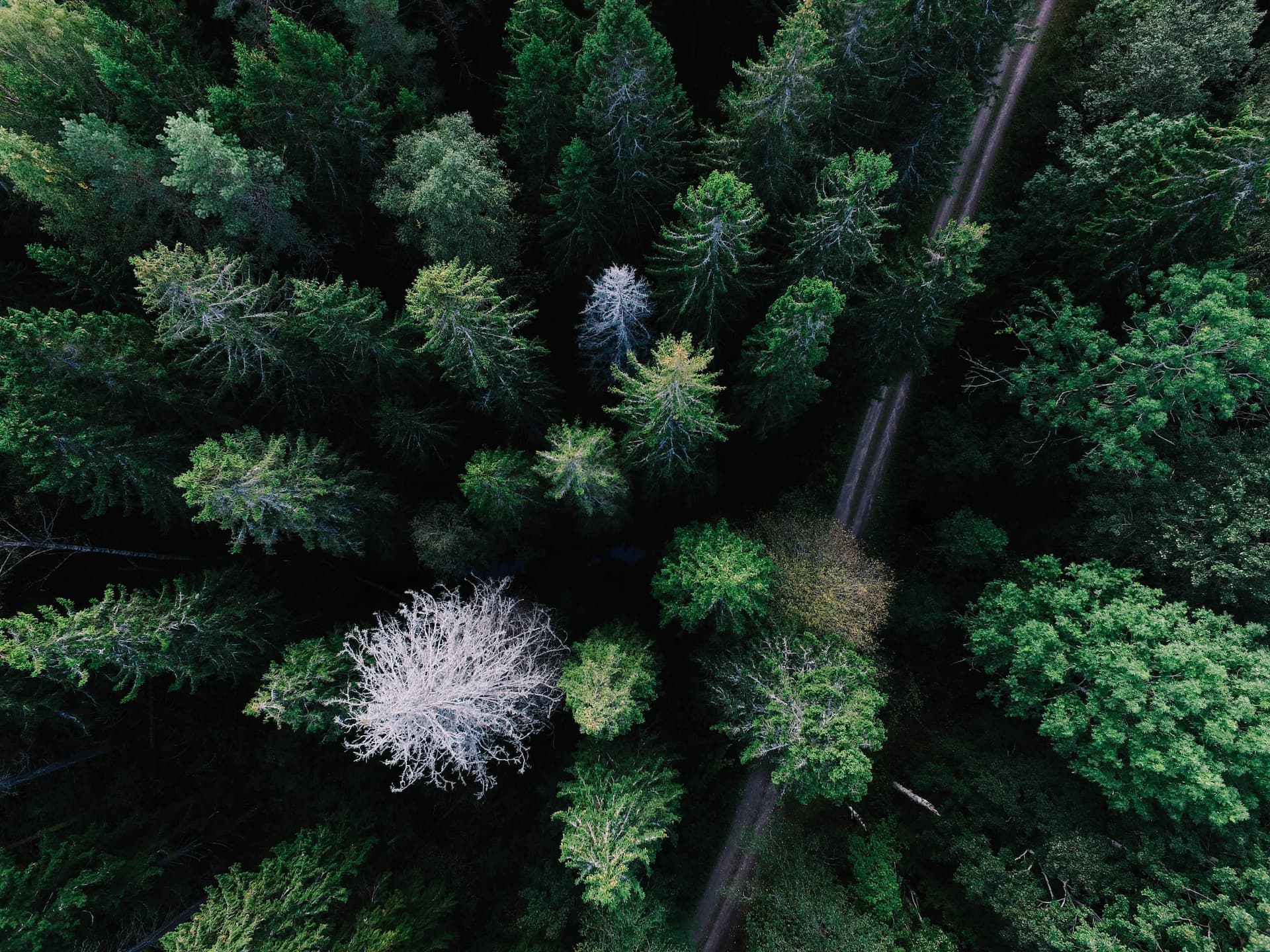Authors: Andrew Collins, Krista Doersch, Laura Herszenhorn, Rebecca Johnson, Clea Matson, and Alison Young
California Academy of Sciences – CITIZEN SCIENCE TOOLKIT
https://www.calacademy.org/educators/citizen-science-toolkit
While participating in an existing citizen science project may seem straightforward, having a clear vision of how citizen science fits into the larger science inquiry process is key to maximizing the learning potential and success of the project. This could seem like a daunting task, especially when working with a citizen science project that may still be unfamiliar.
There are many ways to select a citizen science project. You can choose the project that your students are going to participate
in, your students could select a project that interests them, or
you could give your students a suite of projects to choose from. No matter how the project is chosen, there are some important things to keep in mind that can facilitate the selection process and make the project easier to execute with your class.
Select a project
Define goals and constraints
To preserve the interest-driven nature of citizen science and foster ownership, allow students to participate in the project selection process wherever possible. Clear parameters will ensure the academic integrity and logistic feasibility of the project, while a range of options will offer the chance for students to connect with a cause that is personally meaningful to them. You may wish to articulate specific requirements and the resources available, or provide broader guidelines, placing the onus on students to develop the plan.
What will excite your students?
Keep in mind that different citizen science projects will be compelling to different types of learners. Some might be interested in the subject matter of the project, while others might be more engaged by the tools used to participate.
Your educational setting is another important factor when deciding on a citizen science project. To learn how other educators have selected and implemented citizen science to match their setting, see the Educator Case Studies section.
You can explore possible projects at scistarter.com. Be sure to look at what curricular materials and background resources the project itself provides.
Tools to help you and your students narrow in on a project:
- Pros vs Cons – Analyze and compare a group of ideas.
- What Project Should We Pick? (PDF) This template is designed to help students find projects that fit within the constraints/requirements of the class, as determined by the teacher. The teacher should fill out the left column of the table; the students will fill in the remaining columns. See an example here.
Or, California Academy of Sciences has created lesson plans to support your implementation of several citizen science projects.
- Big City Birds – Join a community of citizen scientists working to understand how different environments influence the location of city birds.
- Seasons of Change – Learn about and investigate seasonal changes in plants to help scientists understand how climate change is affecting the timing of phenological events.
- Galaxy Zoo-keeper Training – Join a community of
over one million online citizen scientists working with astronomers to understand galaxy formation by classifying galaxies according to their shapes and characteristics. - Explore, Explain, and Sustain Life – Join forces with everyday people from around the world to explore, explain, and sustain life on this planet, starting with the biodiversity of your schoolyard.
- Choose Your Own Adventure in Citizen Science – Thoughtfully determine what citizen science project to participate in and then to join that community to help answer a scientific question.
User Type
- Teacher/school
Resource type
- Getting started
Research Field



